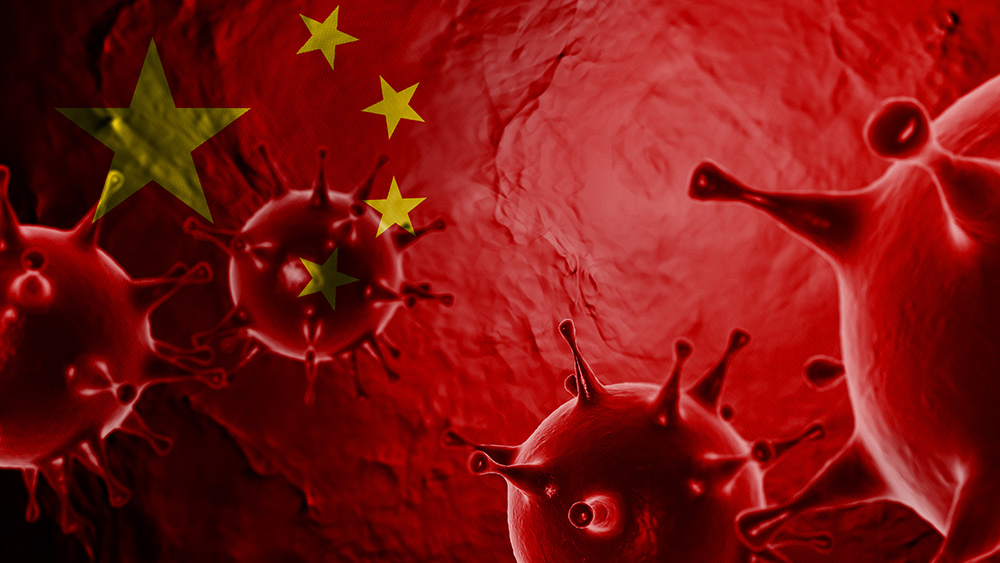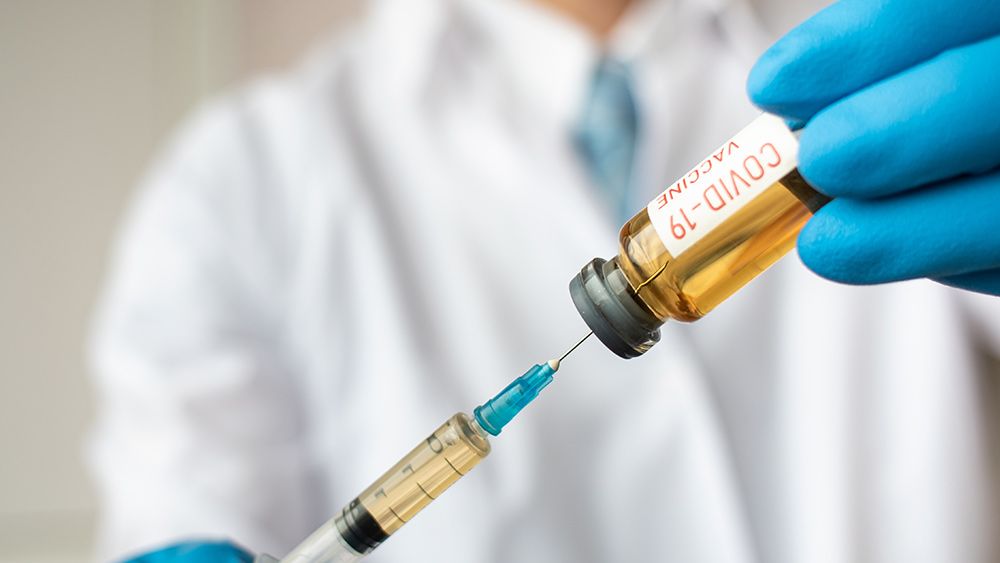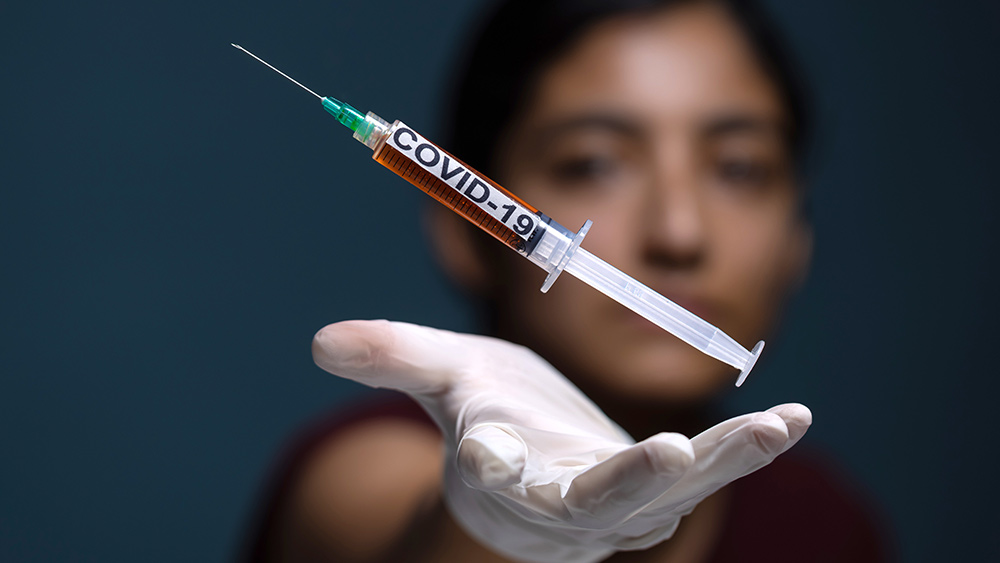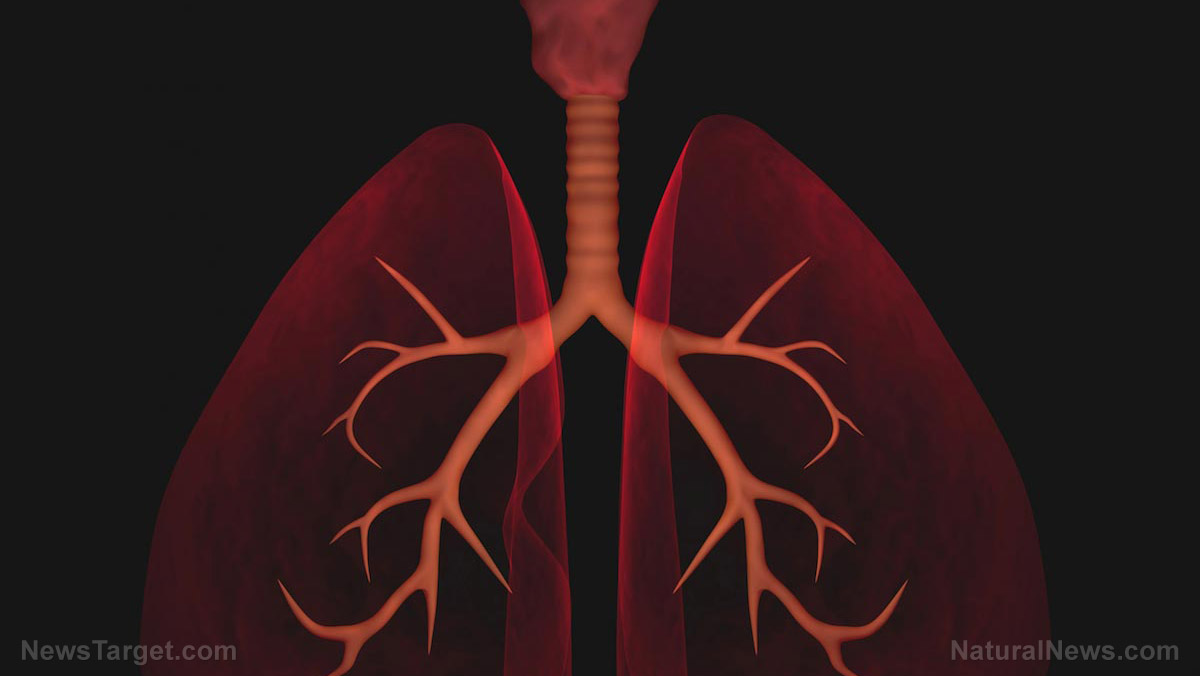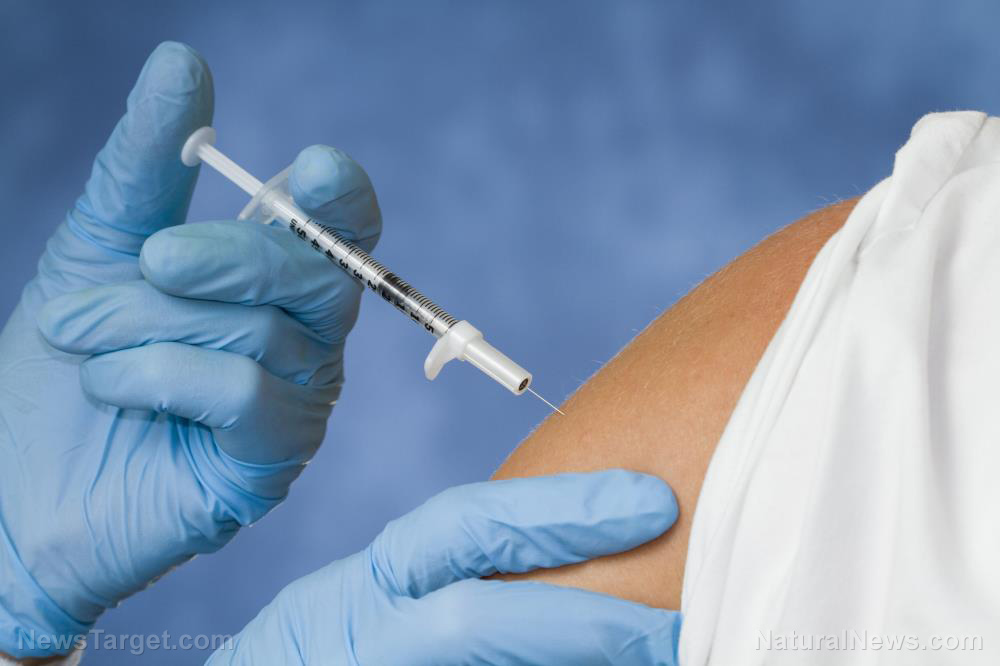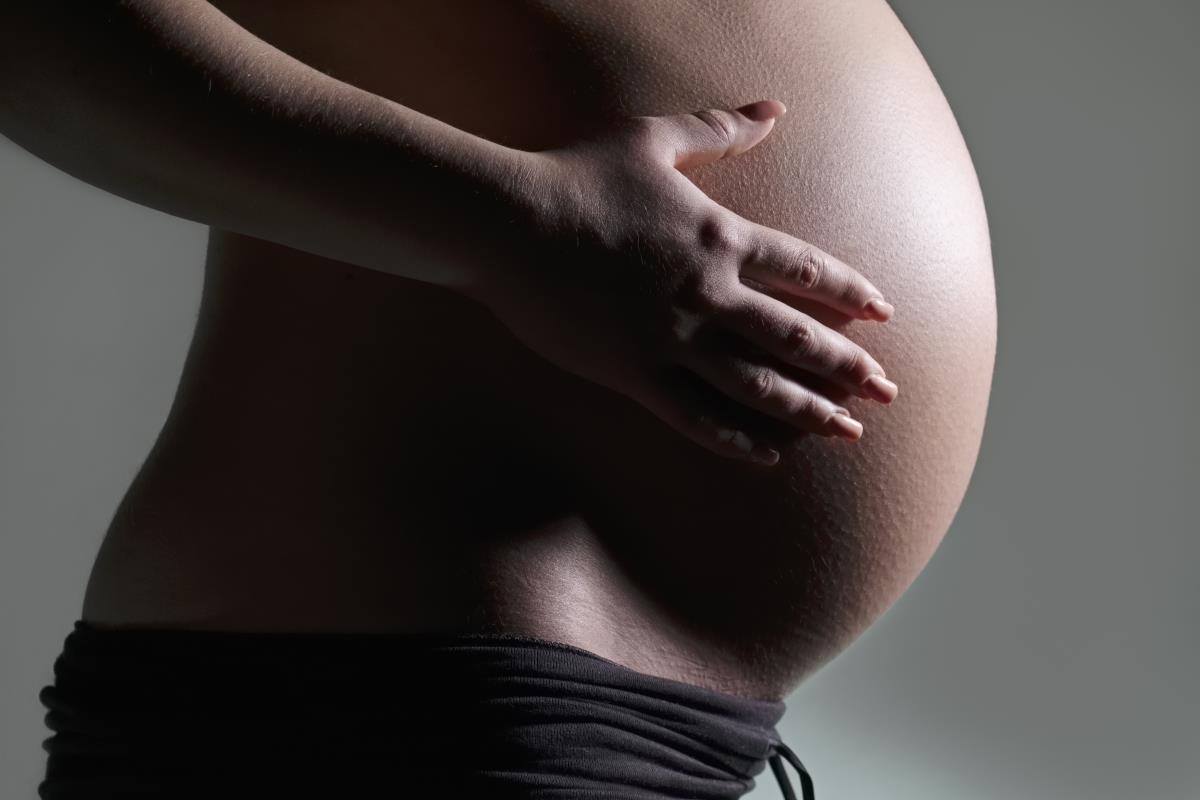157 Organisms form the “baseline biome” of a healthy gut, say researchers
10/19/2020 / By Virgilio Marin

In a paper published in the journal PLOS ONE, a group of researchers identified 157 microorganisms that may be essential for a healthy gut. These organisms form a “baseline biome” that may hint at what a normal human microbiome looks like.
According to co-author Keith Crandall of George Washington University (GWU) this baseline microbial list, which they called GutFeelingKB, provides preliminary data that may be useful for future studies examining the diseases related to changes in the gut microbiome.
The baseline microbiome of a healthy gut
The gut microbiome – the collection of microbes that live in the gut – plays an important role in health. For instance, it synthesizes certain nutrients and helps the body set up an immune response to an infection.
This microbiome, however, may also affect health in more profound ways. Recent studies have linked a gut microbiome that’s lacking in diversity to obesity, certain cancers and mental health problems, such as depression and anxiety disorders.
With this in mind, co-author Raja Mazumder of GWU stated that knowledge of a “baseline microbiome” will inform healthcare professionals of how to diagnose, treat and prevent health issues related to the gut microbiome.
For the study, the researchers genetically sequenced 48 fecal samples from 16 healthy participants, as well as 50 fecal metagenomic samples from similarly healthy individuals who were part of the National Institutes of Health’s Human Microbiome Project.
The GutFeelingKB was composed of the following microorganisms, some of which could be found in probiotic foods like yogurt:
- 20 percent Clostridia?
- 19 percent Bacterioidia?
- 17 percent Bifidobacteriales?
- 14 percent Enterobacterales
- 14 percent Lactobacillales?
The researchers said that 84 organisms were common to all the samples. This suggested that this group of bacteria could be the ‘core species’ inhabiting the human gut. They added that the list could be expanded to 863 organisms if closely related proteomes, or the complete set of proteins expressed in a cell, tissue, or organism, were considered.
In addition to GutFeelingKB, the researchers also put together a report called the Fecal Biome Population Report, or FecalBiome. This contains information about the absolute and relative abundance of certain microbes. FecalBiome could help physicians compare a patient’s microbiome to that of healthy individuals. This could allow them to better evaluate the effectiveness of a fecal transplant and other related therapies.
Exploring the dynamics between gut microbes
Studies have shown that the absence or presence of certain gut microbes could impact health. But one study in particular, published in the Proceedings of the National Academy of Sciences suggests that interactions between certain microbial populations are equally important as the presence or absence of individual species.
“The classic way we think about bacterial species is in a black-and-white context as agents of disease – either you have it or you don’t,” said co-author William Ludington of the University of California, Berkeley and the Carnegie Institution for Science.
Ludington and his colleagues examined the dynamics between five core species of bacteria found in the gut of fruit flies. Previous research found that the presence or absence of certain bacteria affected longevity. Sterile hosts, for example, lived longer than fertile ones. (Related: Is a healthier gut microbiome the master key to longevity?.)
The researchers found that sterile flies were trading off fertility for longevity while those that could produce many offsprings were trading off longevity for fertility. These trade-offs were mediated by microbiome interactions, according to Ludington.
The finding could be applied to human health. Many infections are caused by microorganisms that are continually present in our gut. But they’re kept in check by native gut bacteria, according to co-author Jean Carlson of the University of California, Santa Barbara.
An infection doesn’t really indicate the presence of new harmful microbes, she said. Instead, the populations of other bacteria have changed, leading to new population dynamics.
Prevention.news has more articles exploring the role of the gut microbiome.
Sources include:
Tagged Under: Anxiety, baseline gut microbiome, cancer, depression, digestion, disease treatments, gut bacteria, gut health, gut microbiome, immune system, infection, longevity, obesity, prevention, probiotics, yogurt


